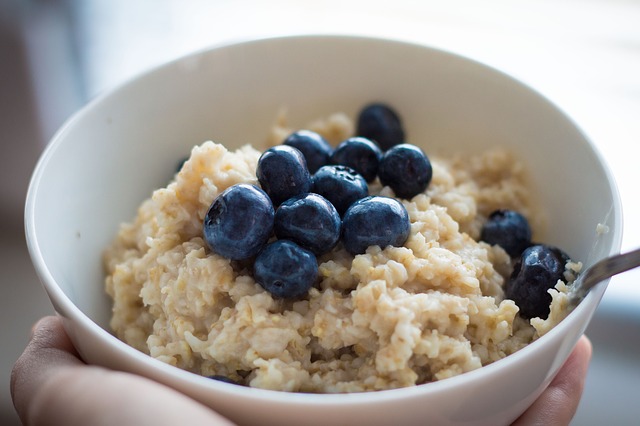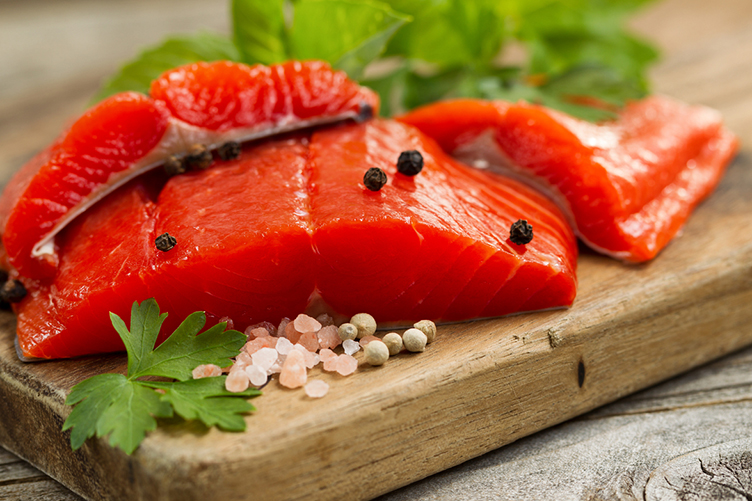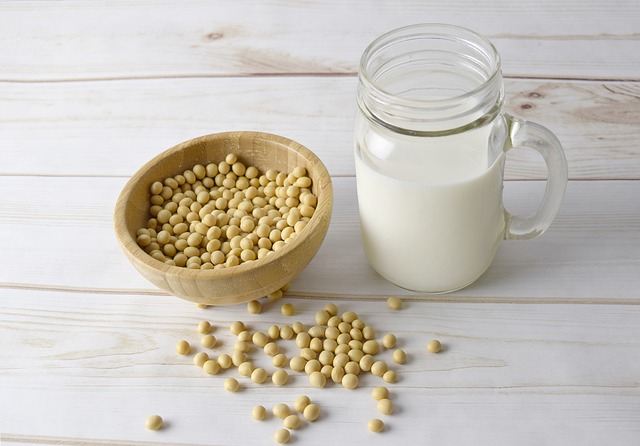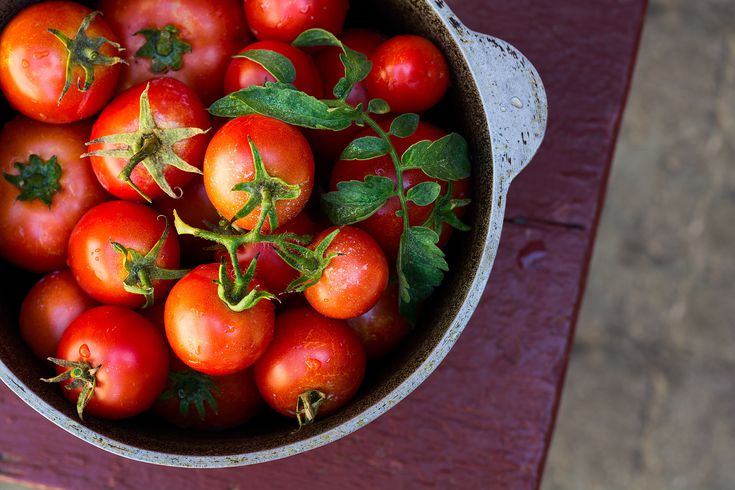Top 10 Superfoods
December 27 2018Goji berries, aloe vera, linseed. All are claimed to be ‘superfoods’. But what’s so super about them? Are they really that beneficial? We list the top 10 superfoods – and they’re more common than you think…
Many foods, such as soy, berries and avocados, have jumped to nutritional stardom over the last few decades. Their popularity has come about thanks to the term ‘superfood’. Superfoods are constantly being talked about in the media, with the word now universally understood to mean extra-healthy. As a result, sales of so-called superfoods have increased worldwide over the past few years. But despite this rise in sales, many experts remain sceptical about the misconceptions surrounding use of the term ‘superfood’.
What are superfoods?
While there is no official definition for the term ‘superfoods’, natural foods that contain a high concentration of nutrients fall into the superfood category. These foods are believed to have health benefits beyond those of ‘common’ foods due to rich phytochemical and antioxidant content.
Antioxidants are known for their ability to fight against the harmful effects of free radicals, which damage DNA and cells, contributing to the process of ageing and the development of heart disease and cancer. But purely focusing on antioxidants overshadows the broad array of other important nutrients that are found in many foods.
Supercharge your diet
Snacking on a handful of berries or including a piece of broccoli with dinner may provide you with a range of antioxidants, but it’s not going to provide everything you need for optimal health.
Becoming too fixated on one antioxidant or one nutrient in food can make you lose sight of a really important point: nutrients in one food or a combination of foods can work together in synergy to benefit your health. Food synergy is a simple way to look at healthy eating: consume a variety of wholefoods each day for optimal health instead of the ‘food of the moment’. Wholefood is food eaten in as near as possible to its natural state, with minimal processing.
Instead of focusing on superfoods, eat a range of wholefoods
1. Oats
Oats contain large amounts of the soluble fibre beta-glucan. Considerable evidence suggests that beta-glucan can lower high levels of cholesterol in the blood and has anticoagulant properties, making it heart-friendly. A 2007 US study found eating 6g of oat beta-glucan per day for six weeks was enough to cause a significant reduction in total and LDL (bad) cholesterol, as well as improving bowel health. Their low GI (glycaemic index) also means it’s a perfect way to start your day.
2. Blueberries
Packed with polyphenolic compounds such as flavonoids and proanthocyandins, blueberries help protect memory and cognition. They may exert their beneficial effects by lowering oxidative stress and inflammation, thereby reducing the risk of developing neurodegenerative diseases such as Alzheimer’s Disease and Parkinson’s Disease.
3. Tea
Starting your day with a cup of tea will not only put you in an alert mood, you’ll also feel more relaxed as the L-theanine it contains has been found to lower the stress hormone cortisol. Over the long-term, drinking at least three cups of tea per day may also help keep your heart healthy – research shows it’s associated with a decreased risk of cardiovascular disease. Flavonoid antioxidants found in tea improve the elasticity and flexibility of blood vessels as well as reducing oxidative damage – the hardening of arteries.
4. Linseeds
Linseeds contain three heart-friendly nutrients: omega-3 polyunsaturated fats, the phytoestrogen lignans and soluble fibre. A 2008 study in China published in the British Journal of Nutrition found that consuming 600mg of dietary linseed lignan extract each day for eight weeks not only reduced total cholesterol and LDL cholesterol levels, but also blood glucose levels. Linseeds are also important for bowel health, helping to keep you regular.
5. Salmon
Salmon is a great source of omega-3 fats and protein, as well as a source of vitamin D. According to a UK study published in the journal Nutrition, eating salmon twice a week, compared to eating white fish, causes a significant reduction in triglyceride levels of overweight men and women. Salmon and other oily fish are also well known for their role in reducing heart disease risk, improving mood and reducing inflammation in the body.
6. Ginger
Ginger has a long history of medicinal use that dates back thousands of years. It contains gingerol, which gives ginger its flavour. Gingerol helps protect against cancer, particularly bowel cancer, as well as boosting immune function and helping to fight infection in our bodies.
7. Soy
Consuming 25g of soy protein each day helps to lower blood cholesterol levels. The antioxidant isoflavones found in soy protein help to counteract the build-up of cholesterol in blood vessels, reducing the risk of blood clots and heart attack. Soy protein has also been found to play a beneficial role in bone health compared to animal protein, as it helps to prevent osteoporosis (weakening of the bones).
8. Broccoli
Broccoli has a bounty of health-promoting properties, which are attributed in part to the plant compounds isothiocyanates. Studies have shown these compounds to be potent in the prevention of disease and against bladder cancer, however results are not definitive. This is because their effects can be reduced or even destroyed by cooking, so the disease-fighting activities only take place when broccoli is eaten raw. Include three serves a week.
9. Tomatoes
Adding tomatoes to your pasta sauce is a great way to boost your antioxidant intake and lower your risk of developing chronic diseases, in particular prostate cancer. Tomatoes are rich in lycopene, an antioxidant carotenoid that fights against the damage of free radicals. This cancer-fighting potential is increased if tomatoes are cooked, which allows these natural compounds to be absorbed more easily.
10. Yoghurt
Yoghurt is a great source of calcium, protein, vitamin B12 and riboflavin, but it’s the probiotics found in some yoghurts that make it particularly beneficial for your health. Probiotics are healthy bacteria with many benefits including promoting a healthy gut and protecting the immune system.
Matchmaking
Broccoli and tomato
According to a study published in the Cancer Research journal, combining broccoli and tomatoes could be more effective at reducing prostate tumour growths than either one on its own. For those who don’t have prostate cancer, the evidence suggests that combining these two veggies in your diet could help reduce your cancer risk. The study urges that we consume a wide array of colourful vegetables for optimal health and that more research be conducted into the benefits of whole-foods – potentially more effective than individual active items, such as lycopene in tomatoes.
Avocado and dark green leafy vegetables
Eating healthy fats with your greens and tomatoes can help you absorb protective phytochemical such as lutein from dark green leafy veggies and lycopene from tomatoes. An Ohio State University study says adding avocado to salsa boosts lycopene absorption by almost five times and beta-carotene absorption by almost three.
Vitamins
The combination of B vitamins folate, vitamin B6 and vitamin B12, has been found to reduce the level of the amino acid homocysteine in the blood. At high levels, homocysteine damages the lining of the arteries, increasing the risk of heart disease. A deficiency in one of these B vitamins can lead to higher homocysteine levels.
Iron and vitamin C
Vitamin C boosts the body’s absorption of iron, in particular non-haem iron (those found in plant-based foods). Boost your iron absorption by combining your daily oats with a glass of orange juice.
Sourced from Healthy Food Guide.





